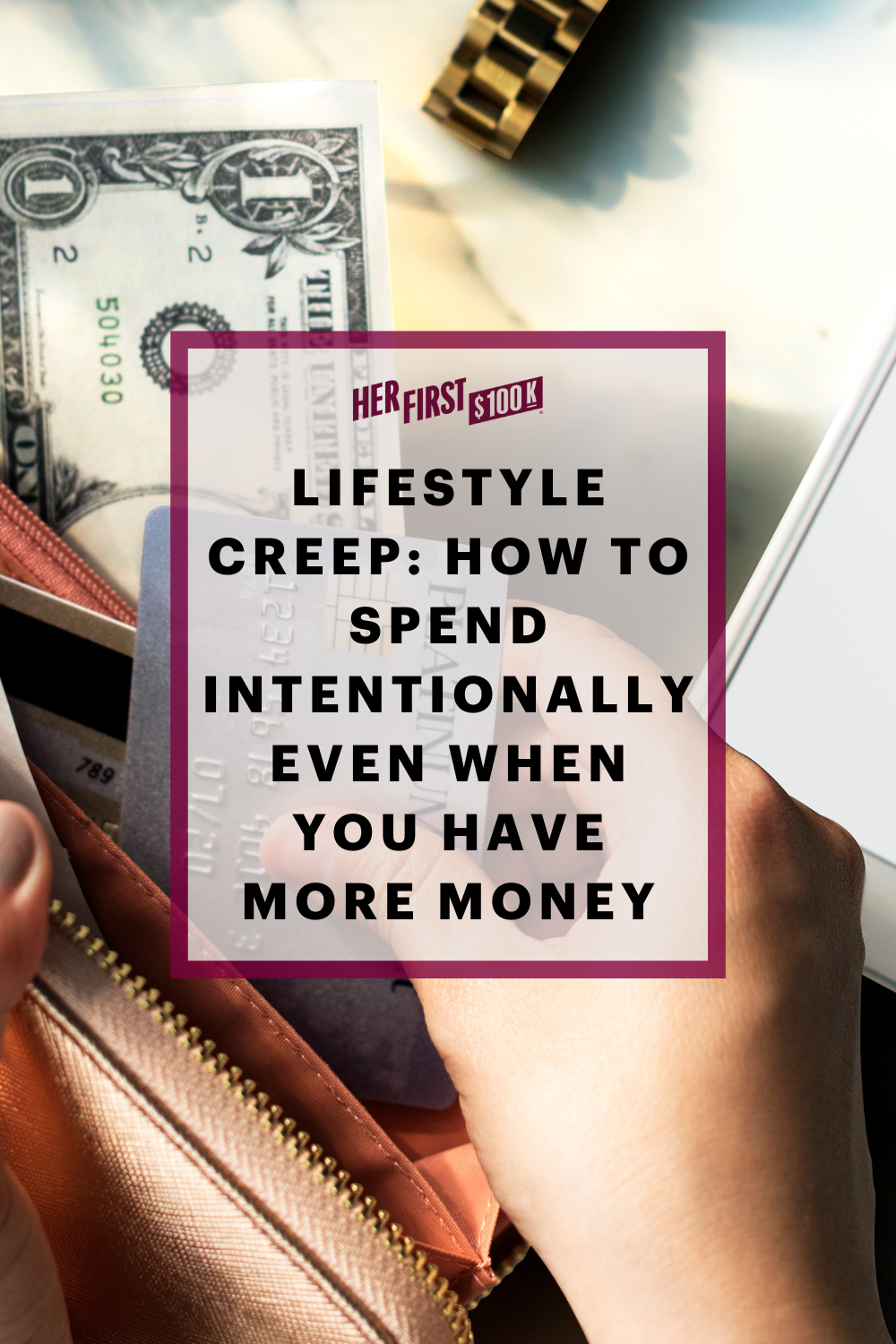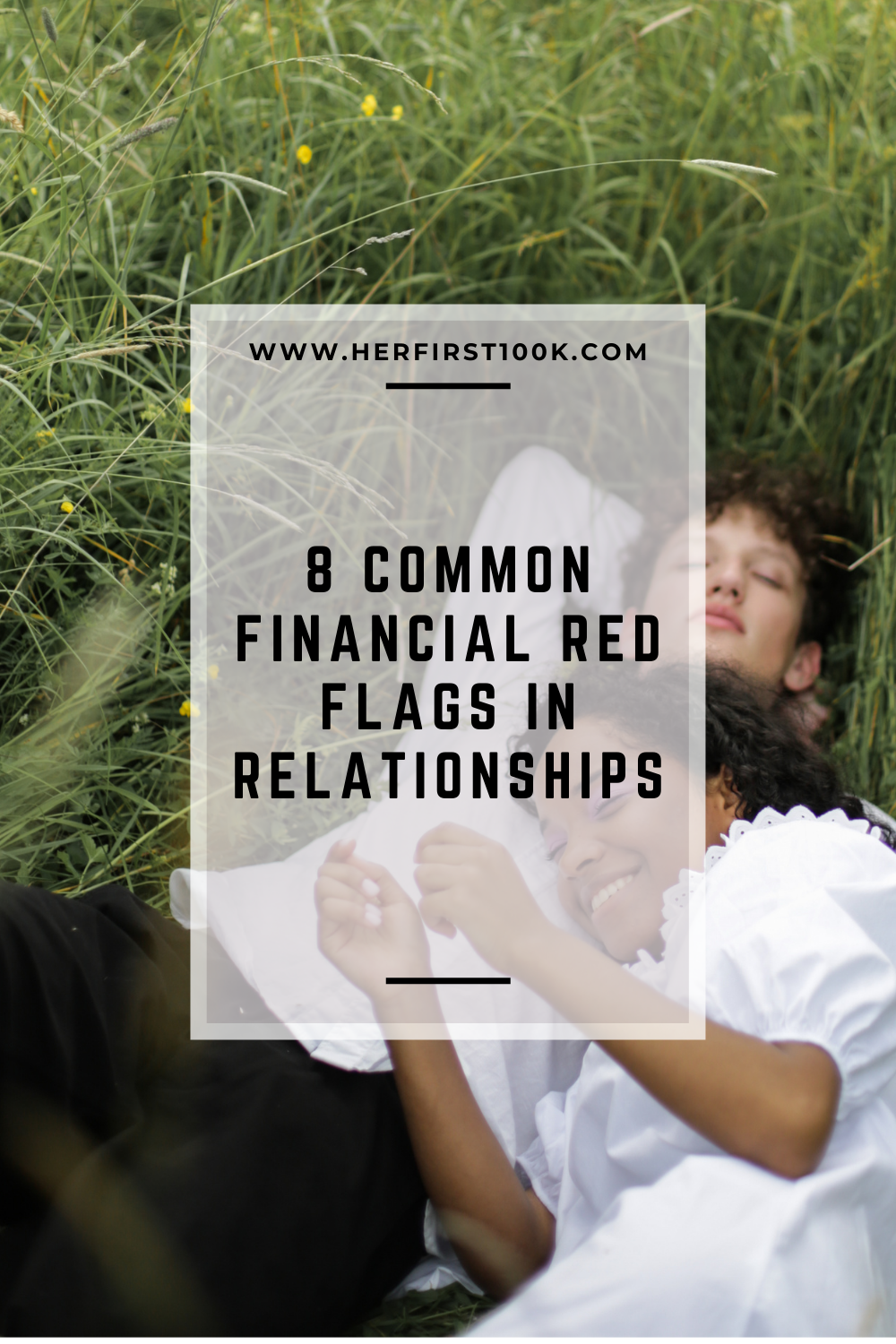The following article may contain affiliate links or sponsored content. This doesn’t cost you anything, and shopping or using our affiliate partners is a way to support our mission. I will never work with a brand or showcase a product that I don’t personally use or believe in.
Intersectional Personal Finance
In 1989, Professor Kimberlé Crenshaw coined the term “intersectionality” as a legal description of the “complex, cumulative way in which the effects of multiple forms of discrimination (such as racism, sexism, and classism) combine, overlap, or intersect especially in the experiences of marginalized individuals or groups” (Webster’s Dictionary).
Today, we hear the word constantly in pop culture and the mouths of news pundits, politicians, school boards, and of course, at the fingertips of social media. It’s a wildly controversial term, which seems silly when you really break it down.
Racism exists. Classism exists. Misogyny, homophobia, transphobia, bigotry, antisemitism –– it all exists. It is baked into the foundations of this patriarchal society. It’s a part of what makes it run. To deny that is to deny hundreds of years of history.
Here’s a simplified way to see it: does someone who, based on their gender, race, sexuality, or even religion, face a different type of discrimination? That’s the idea behind intersectionality –– recognizing that our experiences are not the same as others.
So what does that mean for personal finance? And why is it so important that we use an intersectional lens when talking about money?
No one size fits all
There’s a famous term out there: “pull yourself up by your bootstraps.”
What’s ironic about this term is that you literally cannot pull yourself up by your bootstraps. It’s meant to be inspirational, but it’s often an insidious use of “positivity bypassing,” where the person saying it knows intrinsically that it’s more complicated than simply encouraging someone to create a better life for themself.
Intersectionality helps us realize many of us don’t even have boots in the first place. Some of us are starting at the bottom of the mountain, barefoot and with a bowling ball tied around our ankles. Some of us get help along the way, and some of us get pushed halfway back just when we think we’re finally making it.
Is the metaphor working? Ok, cool.
So when we use this lens in personal finance, we realize that everyone faces a unique set of challenges in their financial journey. A great example of where this shows up is in generational wealth and homeownership.
Generational Wealth & Housing Discrimination
When you join the U.S. military, you become eligible for benefits under the GI Bill, which often include 0% down financing for homes and free college tuition. Until 1968, it was still legal to use discriminatory practices in home buying. The Federal Housing Administration’s legal underwriting stated that “incompatible racial groups should not be permitted to live in the same communities,” which meant that almost 1.2 Million African American soldiers could not take advantage of the benefits of the GI Bill. This is just an example in the military–– even families with “traditional” purchase options faced these roadblocks.
These practices hampered the ability to build generational wealth and equity, leading to the increasing wealth disparity between white and BIPOC communities. This sort of inequity bleeds into future generations’ ability to build wealth, pay for college, and has contributed to redlining and further segregation.
I highly suggest reading this article on the consequences of this egregious racism here: How the G.I. Bill’s Promise was Denied to Millions of Black WWII Veterans
Though these practices were outlawed, discrimination is still rampant in housing. Earlier this year, I sat down for a conversation with Tiffany Aliche that was enlightening and infuriating. I highly suggest you listen to the episode, and she discusses housing discrimination and more obstacles facing the black community.
My episode with Tricia Cleppe on the racism within the payday loan and bail bond industry is also excellent and well worth your time.
The Wage Gap
We’ve shared statistics on the wage gap between women and men before, which is undoubtedly important to consider. White women, on average, earn 83 cents to every white man’s dollar. The disparity is even starker for POC. Here are a few quick stats:
-
Asian women earn on average 90 cents to a white man’s dollar
-
Black women earn on average 62 cents to a white man’s dollar
-
Alaskan and American Native women earn 57 cents to a white man’s dollar
-
Hispanic and Latino women earn on average 54 cents to a white man’s dollar
We’re mainly citing by gender here, but for non-white men, there is still a substantial gap –– black men earn just 87 cents to a white man’s dollar, and Hispanic men earn 91 cents to the same.
The wage gap isn’t just in paystubs, however. As mentioned above, the ability to build wealth in the previous generations relied heavily on owning and building equity in real estate. An ability that wasn’t available to non-white men in the same way it was to white men.
How do we fix it?
We fix inequity first by acknowledging it. It seems like a simple concept, but I get at least two or three emails a week (plus a flurry of comments on social) trying to prove that racism doesn’t exist, the pay gap doesn’t exist, feminism is at fault for everything, and a myriad of other wild and baseless claims.
Personally, I can start by recognizing that I am a white woman who doesn’t have student loan debt. I am a woman who has had privilege from the moment I entered this world. I can also recognize that if I’d been born a boy, I’d have even more.
This doesn’t mean I didn’t work hard. This doesn’t mean that I’m lucky. It’s simply privilege meeting preparation.
Online, I can make sure when I’m sharing content about investing, saving, paying off debt, and more that I’m not ignoring the realities that BIPOC face that keep them from having the same advantages that I did. That I’m not sharing a narrow-minded view of the world.
So what can I do here at Her First $100K? I can create opportunities for women of color on my team. I can create scholarships for my content for BIPOC. I can make sure that I’m continually seeking advice, wisdom, and accountability from women of color while also not asking for free emotional labor from them. I can use my voice and platform to lift others up, share this education, and build a more inclusive, intersectional community.
For you, it may be starting an initiative in your workplace to hire more BIPOC. It may (and honestly should) look like voting for systemic change and progressive policy that seeks to end the pay gap. It may look like listening instead of talking and stepping aside to let others lead.
Intersectionality is not a dirty word. It’s an absolute necessity, especially when it comes to money. Money buys power in this world, and we’ve stolen that power from so many marginalized groups. Intersectionality helps us build a new framework for equity, reparations, and a better society and world.
Read more:
Black Workers Still Earn Less than Their White Counterparts
Transcript: A ‘Forgotten History of How the U.S. Government Segregated America
Intersectionality: what is it, and why does it matter?
Systematic Inequality: How America’s Structural Racism Helped Create the Black-White Wealth Gap





